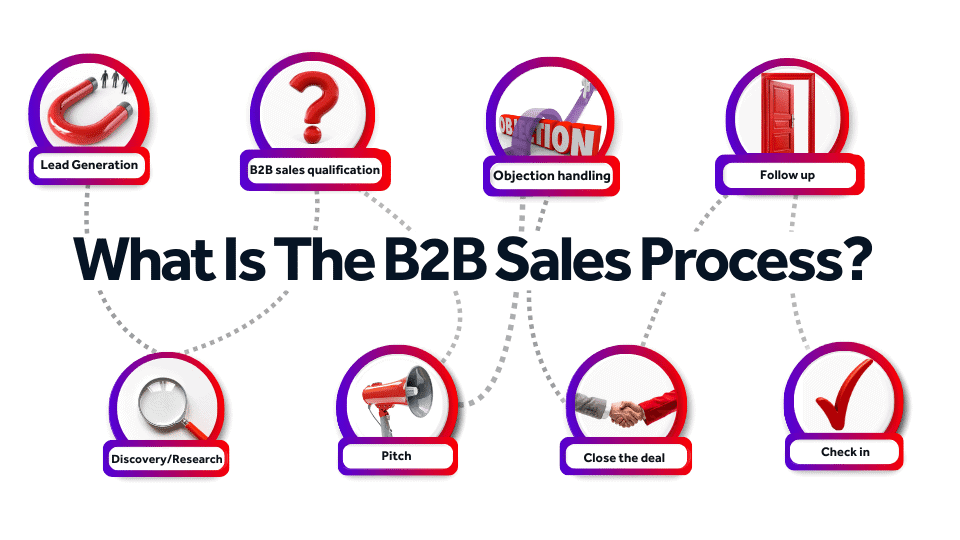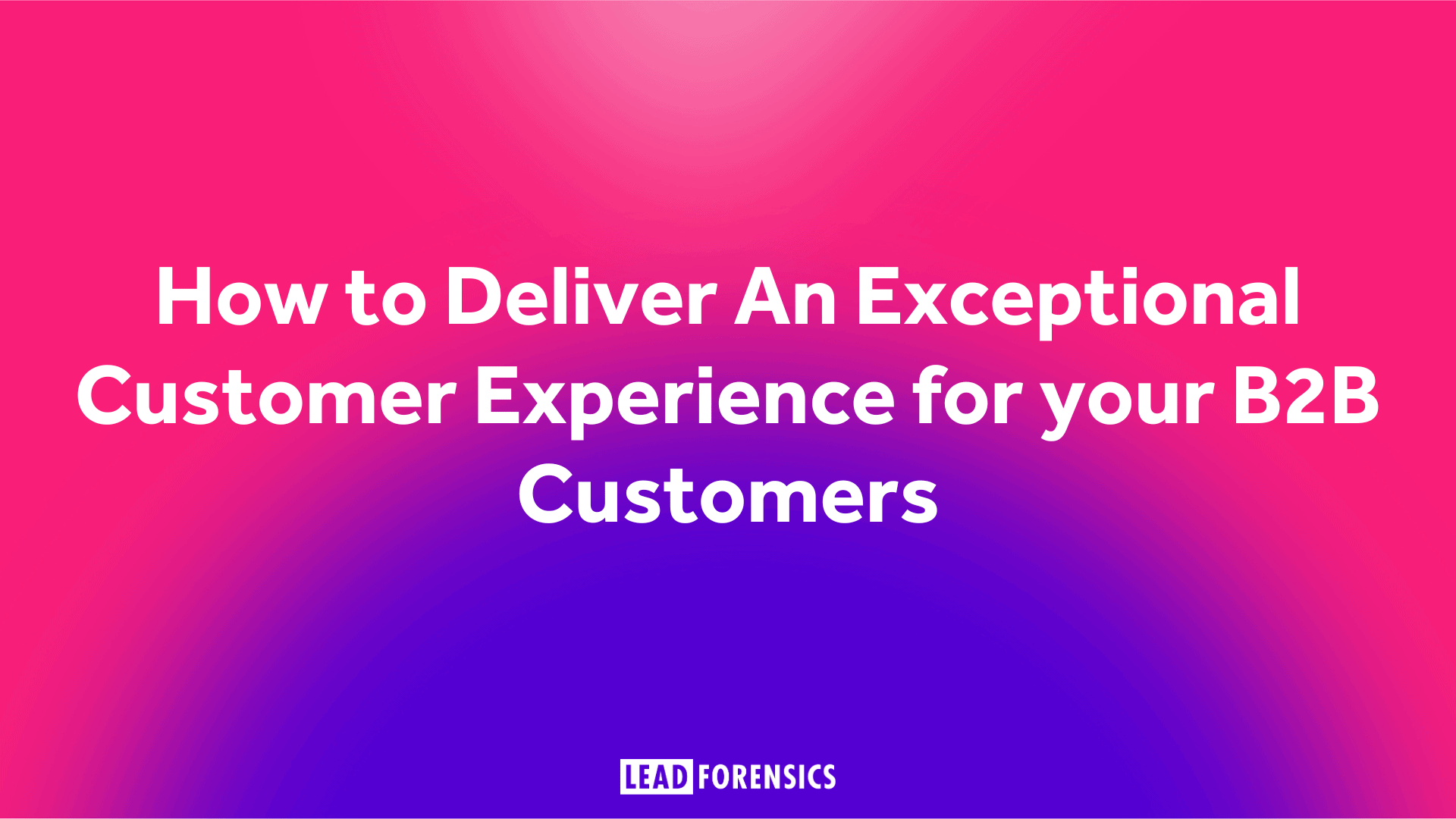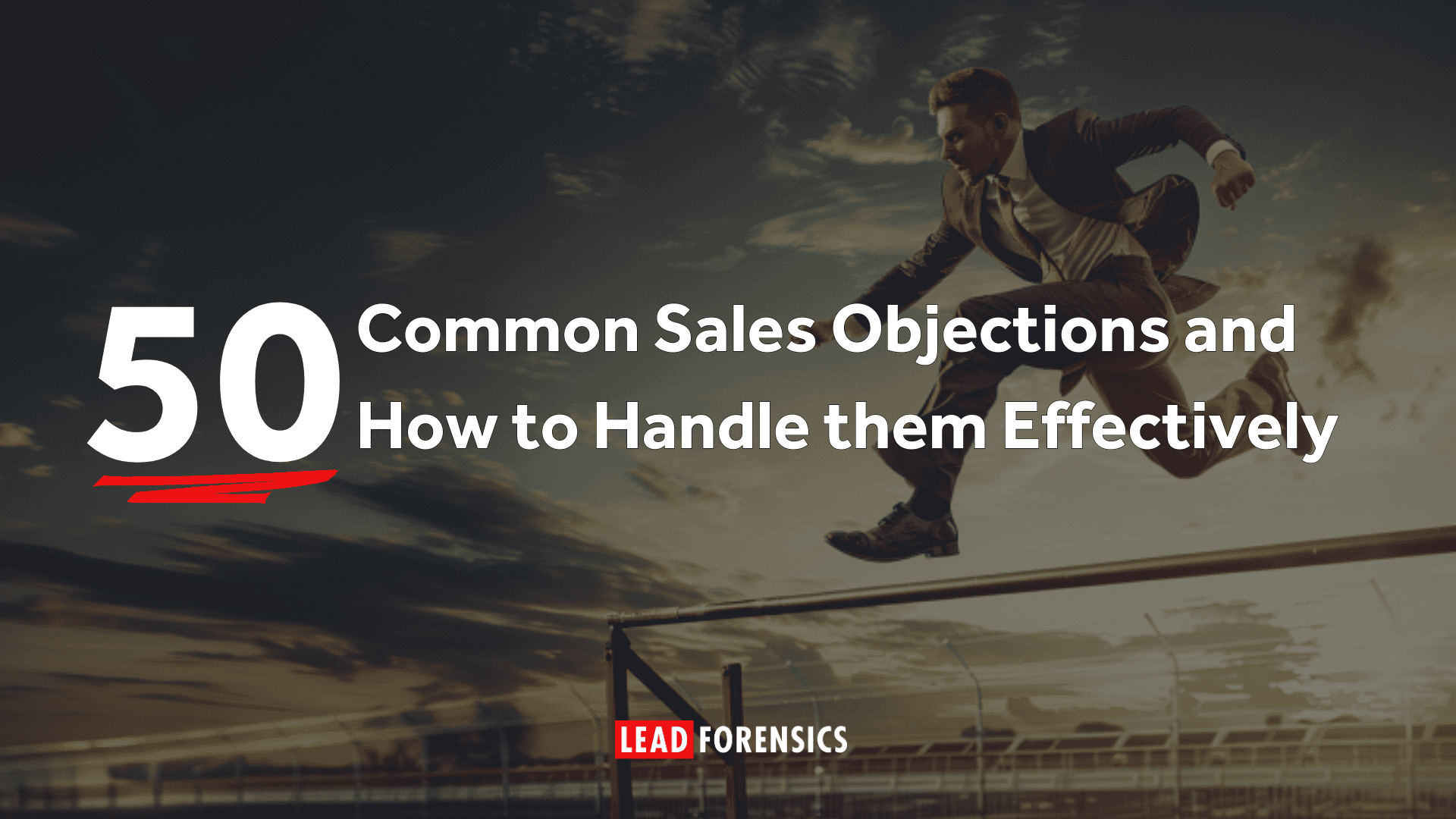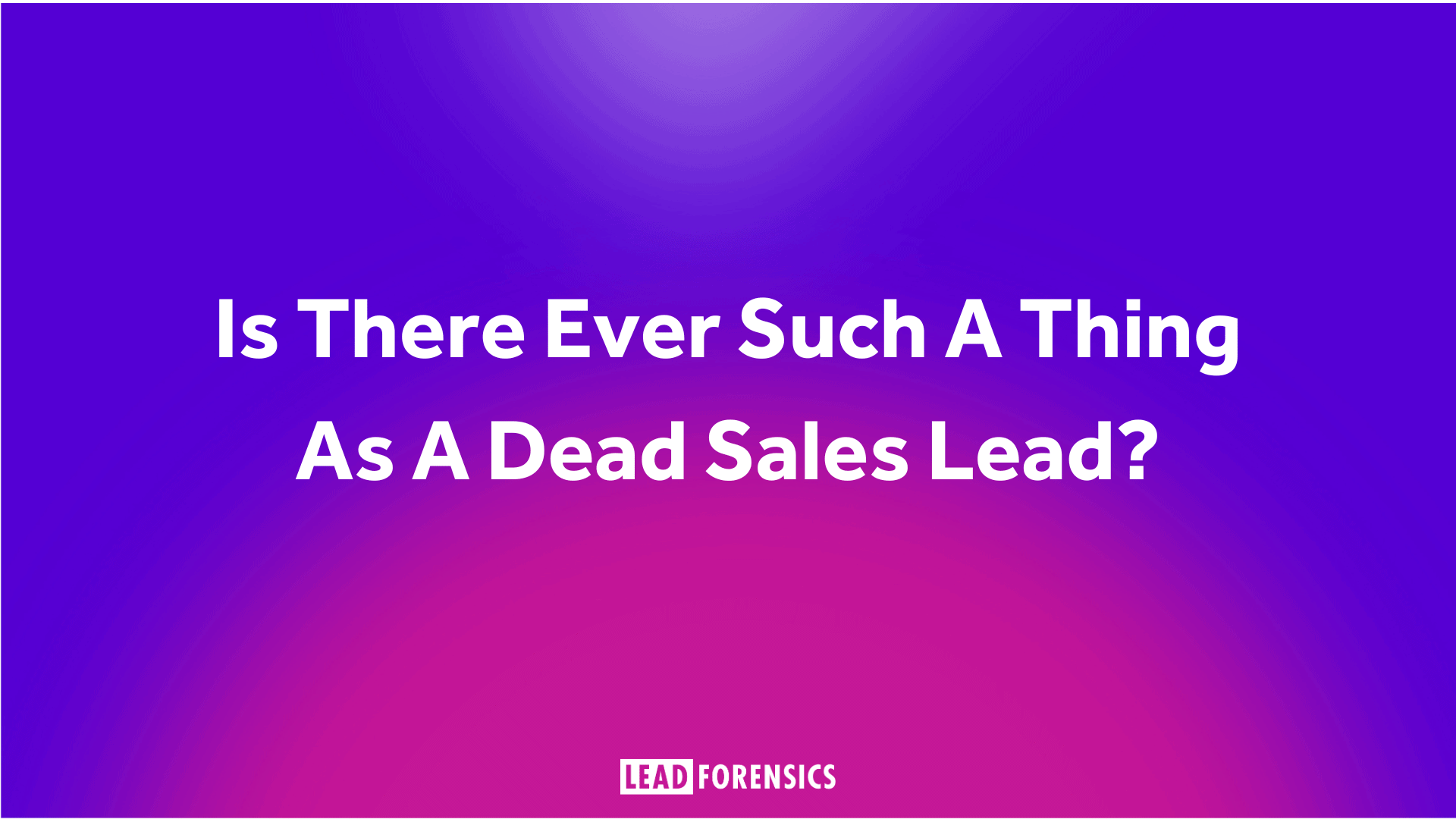This journey through the B2B sales process is not merely about pitching products or services; it’s about building relationships, understanding needs, and delivering tailored solutions. Let’s delve into the key stages of this process and how they contribute to driving sales success.
Lead Generation: The Journey Begins

At the heart of the B2B sales process lies lead generation. It’s about casting the net wide to identify potential clients and sparking their interest in what you offer. However, not all leads are created equal. Effective lead generation involves targeted outreach and lead scoring to prioritize prospects who are most likely to benefit from your solution. Asking the right questions and speaking the prospect’s language can streamline this process, ensuring that both parties invest their time wisely.
Top Tip:
Before diving into lead generation efforts, take the time to create detailed customer personas. Understanding your ideal buyers’ demographics, interests, behaviors, roles, and job responsibilities will guide your approach and help you tailor your tactics to reach them effectively. By focusing your efforts on attracting leads that closely match your ideal customer profile, you’ll increase the likelihood of generating high-quality leads that are more likely to convert into loyal customers.
To learn more about the importance of buyer personas check out our blog “Why You Need Buyer Personas For Your B2B Sales & Marketing Activities.”
B2B Sales Qualification: Setting the Stage for Success

Qualifying leads is a crucial step that separates top sales professionals from the rest. By deeply understanding both their own product and the prospect’s business, salespeople can tailor their approach during discovery calls. This not only helps in efficiently filtering out unqualified leads but also sets the stage for meaningful conversations that increase the likelihood of conversion.
Top Tip:
Use Lead Forensics! Integrating lead forensics tools into your B2B sales process can revolutionize your pre-qualification efforts. These tools provide invaluable insights by identifying website visitors and revealing key details such as company names, industries, and browsing behavior. By leveraging lead forensics, you can proactively identify potential leads, aligning them with your ideal customer profile before even engaging in conversation. This not only streamlines your pre-qualification process but also empowers your sales team with actionable intelligence, enabling more personalized and impactful interactions.
Discovery/Research: Understanding Pain Points

Discovery and research are the cornerstones of effective B2B sales. It’s about digging deep to understand the prospect’s pain points, challenges, and objectives. Armed with this knowledge, sales professionals can craft a compelling value proposition that speaks directly to the prospect’s needs. This personalized approach sets the foundation for a fruitful relationship built on trust and mutual understanding.
Top Tip:
Dive deep into research to uncover not just surface-level issues, but the underlying challenges and objectives they face. By empathizing with their needs and crafting a personalized value proposition, you demonstrate that you’re not just selling a product or service, but offering solutions tailored to their specific concerns. This builds trust and lays the groundwork for a lasting and mutually beneficial partnership. Remember, the more you understand their pain points, the better you can position yourself as the solution they’ve been searching for.
Pitch: Presenting Your Solution

With the groundwork laid, it’s time to pitch your solution. But the pitch is not a one-way street; it’s a conversation. Be prepared to address questions and objections with confidence and clarity. Objections are not roadblocks; they’re opportunities to further demonstrate the value of your offering. Active listening and adaptability are key skills at this stage, ensuring that your pitch resonates with the prospect’s needs and concerns.
Top Tip:
Make your pitch a conversation, not a monologue. Listen actively, address objections confidently, and adapt to your audience’s needs. Watch our video for expert pitching tips!
Follow Up: Nurturing Relationships
The sales process doesn’t end with the pitch; it’s just the beginning. Follow-up is crucial for nurturing relationships and keeping the momentum going. A personalized follow-up email, including a recap of the meeting and any additional information the prospect might need, reinforces your commitment and leaves a lasting impression. This proactive approach lays the groundwork for future deals and potential upsells.
Top Tip:
Lead nurturing increases sales success by 20%. Reach out to prospects at least ten times using various channels like email, phone calls, and social media. Consider face-to-face meetings and direct mail for added impact, even though they’re pricier. Diversifying your approach keeps you top-of-mind, leading to stronger relationships and higher sales.
Handling Objections: Navigating Challenges with Confidence

In the dynamic world of B2B sales, objections are not obstacles; they’re opportunities to deepen understanding and build trust. Here’s a concise guide to mastering objection handling:
1. Anticipate Objections:
Before engaging prospects, anticipate potential objections based on your product, industry trends, and common pain points. Addressing these proactively demonstrates expertise and builds credibility.
2. Active Listening:
Listen attentively to understand the reason behind the objection. Paraphrase to ensure mutual understanding and show empathy towards their perspective.
3. Acknowledge and Validate:
Acknowledge the objection and validate their concerns to foster trust and open constructive dialogue.
4. Provide Solutions:
Offer tailored solutions that address their specific pain points. Use case studies or data to reinforce the effectiveness of your solution.
5. Overcome with Confidence:
Project confidence in yourself and your product to reassure the prospect and instill trust in your ability to deliver results.
6. Redirect and Reframe:
Redirect the conversation by reframing the objection into an opportunity to provide clarity and education. Offer additional insights to address any misconceptions and guide towards a positive resolution.
Mastering objection handling transforms challenges into opportunities, allowing you to navigate the sales process with confidence and finesse.
Top Tip:
Learn more about how to overcome objections in our webinar, ‘Overcoming the Objection Overload.
Close the Deal: Sealing the Deal
Closing the deal is the culmination of all your efforts. It’s about delivering value, addressing concerns, and making your offer irresistible. Clear communication and engagement with all decision-makers are paramount at this stage, ensuring a smooth transition from negotiation to signed contract.
Top Tip:
In the final stretch of sealing the deal, urgency becomes your secret weapon. By infusing a sense of immediacy into the negotiation process, you not only propel prospects toward a decision but also safeguard against potential roadblocks.
Here’s the strategy: Introduce time-sensitive incentives that amplify the value proposition of your offer. Whether it’s a fleeting discount, a bonus feature, or exclusive access, these perks prompt prospects to act swiftly, lest they miss out on the opportunity.
Moreover, leverage these incentives to offer a taste of what awaits post-purchase. Granting a trial period or complimentary onboarding allows prospects to tangibly experience the benefits of your product or service, solidifying their commitment to the deal.
Remember, urgency isn’t about pressure; it’s about emphasizing the value of acting promptly. By employing this tactic judiciously, you’ll not only expedite deal closures but also ensure a smooth transition from negotiation to signed contract.
Check In: Building Long-Term Partnerships

Once the deal is closed, don’t disappear. Stay in touch with your new client through friendly follow-up emails and check-ins. Not only does this show that you value their business, but it also provides an opportunity to gather feedback and potentially uncover opportunities for case studies or referrals.
Top Tip:
Don’t just check-in — strategize. Stand out from the competition by crafting follow-ups that address the specific issue, impact, and importance your prospect faces. This approach not only showcases your understanding but also prompts action, laying the foundation for enduring partnerships.
In conclusion, mastering the B2B sales process requires more than just pitching products or services; it’s about understanding needs, building relationships, and delivering value at every stage. By following these key steps—from lead generation to closing deals and beyond—you can elevate your B2B sales game and unlock new opportunities for growth and success.
Ready to take your B2B sales process to the next level?
Book a demonstration with Lead Forensics today and start converting leads into loyal customers!











